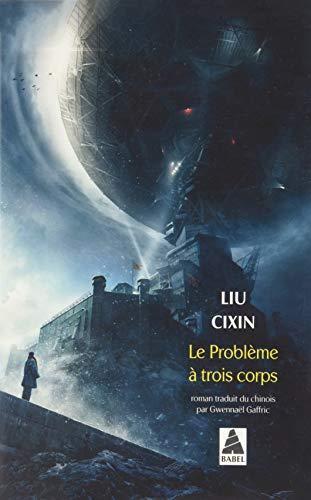Kenobit reviewed Il problema dei tre corpi by Cixin Liu
Un'operazione di worldbuilding incredibile, con un punto di vista diverso dal solito
4 stars
Amo le storie lunghe, amo le trilogie, amo la fantascienza "dura". Qui c'è tutto, con in più la prospettiva rinfrescante di uno scrittore cinese, che ha riferimenti culturali diversi da quelli a cui sono abituato.
Consiglio di tenere duro per la prima parte della storia. Il tema della Rivoluzione Culturale cinese, soprattutto per uno come me con l'aveva mai studiato, crea un po' di confusione (ma viva la confusione). Inoltre la storia, essendo molto complessa, ha bisogno di un po' di tempo per gettare le basi.
Una volta che parte, è impossibile metterlo giù.


